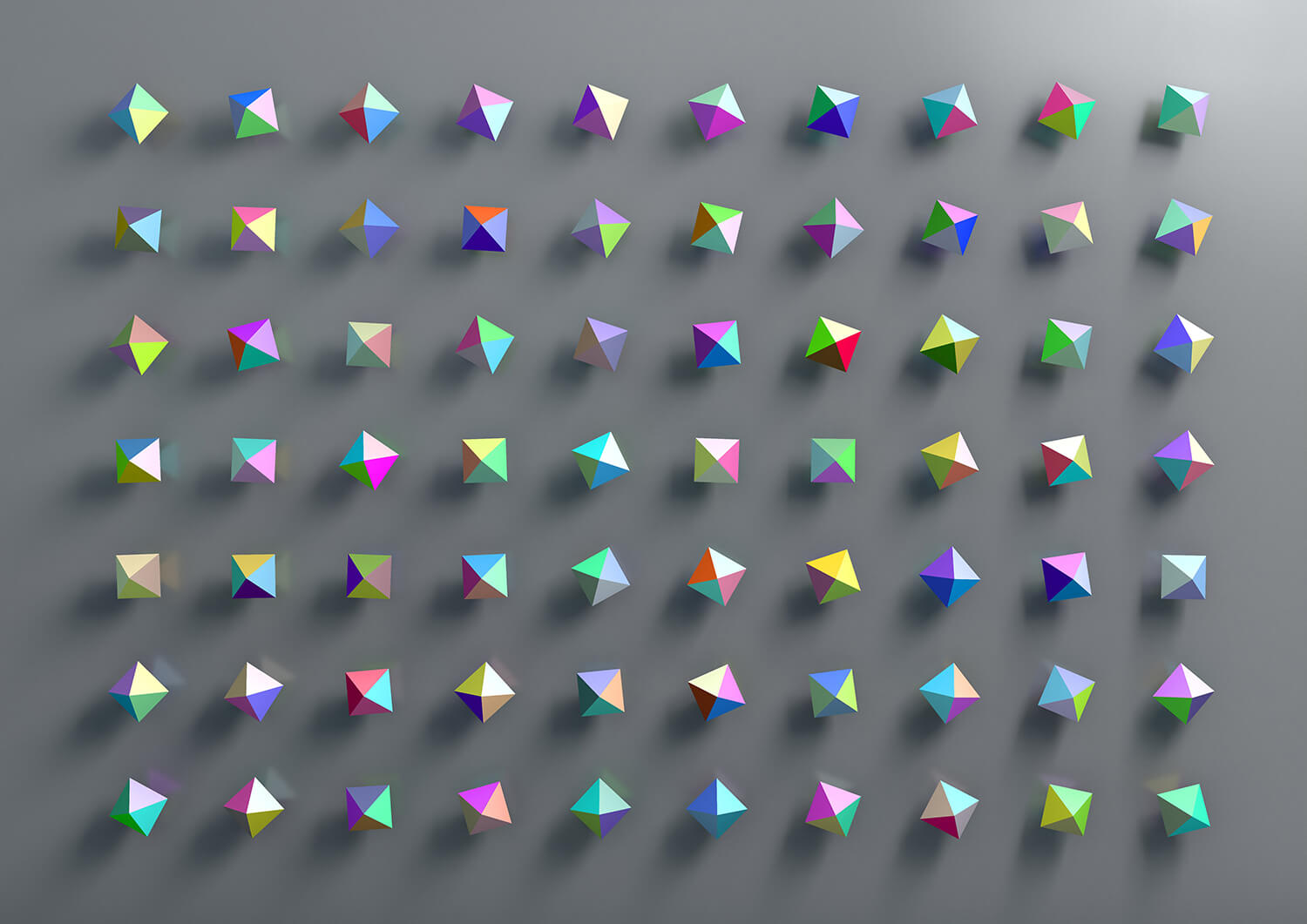Nine Types of Creative Technologies
From AR to Blockchain, discover nine types of creative technologies revolutionizing how art and business intersect.

As the field of creative technology continues to grow and offer more advanced platforms and functions, it’s important for the organizations and professionals of tomorrow to understand what creative technology is, what it looks like and how it works. Creative technology refers to the use of advanced technology to enhance creative processes, artistic expression and innovative endeavors. It is a field that merges technology with artistic and design skills to create unique, interactive experiences, making it of increasing importance in both the art and business worlds.
Creative technology encompasses a wide range of disciplines and applications, bringing together various tools, techniques and mediums to produce innovative and compelling content. Here are nine types of frequently used creative technologies that are shaping the future of digital media consumption:
Augmented Reality
Augmented reality (AR) involves creating digital content that integrates with real-world environments. The goal is to augment or enhance user’s interactions with their environments in real time. AR overlays images, videos or 3D models onto the user's view of the world around them. The main goal of AR is to provide contextual information and an enriching experience.
Virtual Reality
Virtual reality (VR) involves creating completely digital environments that users enter through specialized technology (typically headsets designed for this purpose). The focus is on creating immersive, computer-created, three-dimensional (3D) worlds. The best VR transports users to a different, digital reality - or a digital recreation of real-world environments - that they can move through and interact with in a variety of ways.
Blockchain
Blockchain is a decentralized and distributed digital ledger that securely records transactions across multiple computers. These transactions are grouped together and added to the blockchain in chronological order. Once added to the chain, the record is immutable, meaning it cannot be altered or deleted without consensus from the network. Blockchain’s decentralized nature offers a high degree of security and transparency.
Artificial Intelligence
Artificial intelligence (AI) involves the simulation of human intelligence in machines that are programmed to perform tasks that typically require human intelligence. These tasks include learning, reasoning, problem-solving, perception, understanding natural language and adapting to new situations. AI aims to create machines that can mimic human-like cognitive abilities and perform tasks autonomously, without explicit programming for each specific task. A number of fields apply AI, including natural language processing, image and speech recognition, robotics, healthcare, and finance.
Creative Coding
Creative coding refers to the use of programming and coding techniques to create interactive and visually engaging digital media. It is an artistic and expressive approach to coding, where programmers and artists combine their skills to generate dynamic and aesthetically pleasing experiences. Many of these experiences are interactive and incorporate multi-media such as graphics, animation, sound and video.
Web3
Web3 is the next generation of the internet that aims to transform the way we interact with online services and data. It is often associated with blockchain technology, decentralized applications (DApps) and cryptocurrencies. Web3 envisions a more decentralized, open, and user-centric internet, where individuals have greater control over their data and digital assets. One of the key features of Web3 is interoperability.
Data Expression
As taught in the Master of Arts in Creative Technology program, data expression involves data as a motif for creative expression and storytelling. Topics associated with data expression include visualization, sonification, social media data scraping and more.
Mobile Computing
Mobile computing refers to the use of portable computing devices, such as smartphones, tablets, laptops, and wearable devices, to access and process data and perform tasks while on the move. It enables users to stay connected to the internet and use computing resources without being tied to a specific physical location. It typically involves the use of wireless communication, touch interfaces and an app ecosystem (which involves using apps for a wide variety of functionalities and services).
Internet of Things
The Internet of Things (IOT) involves a network of objects in the real world (the "things") that are embedded with sensors, software and connected devices that enable the collection and sharing of data over the internet. These connected devices transmit and receive data without human intervention, and they interact with other devices or systems to perform specific tasks or trigger automated actions.
The Future of Creative Technology is with SMU
SMU’s Master of Arts in Creative Technology program serves as a gateway to experiencing these advanced technologies and how they’re used in both the tech and creative spaces. This 100% online, 30 credit-hour program prepares professionals to advance their careers in areas that include graphic design, animation, and augmented and virtual reality.
With its applications across various industries, including entertainment, advertising, education, architecture, and healthcare, creative technology is an area expected to continue rapid growth in the coming years. By encouraging collaboration between creative professionals, it has the ability to push the boundaries of artistic expression and technological innovation to unprecedented heights.